The discovery of a dead Wandering Albatross, Diomedea exulans
by Steve Reynolds
Port Willunga resident Allan Horsfall has reported the discovery of a dead carcass of a Wandering Albatross, Diomedea exulans at Port Willunga beach on 13th July 2019.
The dead bird was found in good condition. It had a wingspan of 3.2m. It was taken to a Willunga vet for freezing until it could be delivered to the Ornithology Collection Manager at the SA Museum, who said that the good condition of the carcass is not common. They confirmed that it is a young male Wandering Albatross, perhaps 3 or so years old (judging from its plumage).
They have been skinning the bird for the Museum. Other comments that they have made are:
“There was a hole in the side of its neck, but not sure if that was pre or post-mortem.
Otherwise no obvious signs of death, but it was a bit on the skinny side (even though it weighed in at 6.5 kg).
It had a couple of squid beaks in the stomach.
It will be turned into a skin, plus spread wing.”
Details of the dead bird’s discovery have been posted on iNaturalist . According to iNaturalist (Wikipedia), ”
The wandering albatross, snowy albatross, white-winged albatross or goonie (Diomedea exulans) is a large seabird from the family Diomedeidae, which has a circumpolar range in the Southern Ocean. It was the last species of albatross to be described, and was long considered the same species as the Tristan albatross and the Antipodean albatross. A few authors still consider them all subspecies of the same species. The SACC has a proposal on the table to split this species, and BirdLife International has already split it. Together with the Amsterdam albatross, it forms the wandering albatross species complex. The wandering albatross is one of the two largest members of the genus Diomedea (the great albatrosses), being similar in size to the southern royal albatross. It is one of the largest birds in the world and has the greatest known wingspan of any living bird, and one of the best known and studied species of bird in the world. This is also one of the most far ranging birds. Some individual wandering albatrosses are known to circumnavigate the Southern Ocean three times, covering more than 120,000 km (75,000 mi), in one year.”
iNaturalist also covers the following topics on the bird:
- 1 Taxonomy
- 2 Description
- 3 Distribution and habitat
- 4 Behavior
- 5 Relationship with humans
- 6 See also
- 7 Footnotes
- 8 References
- 9 Further reading
- 10 External links
The images of the bird are from Peter Horsfall and his neighbour Ippei.
UPDATE 2.8.19 – The Museum sent us a message saying, “here is what (the bird now) looks like atm (see below), skin and spread wing, it will need quite a few weeks of drying before it’s properly done. I have written up a brief blurb for the museum’s instagram site but not sure when they will post it. Keep a look out for it!” .
UPDATE 9.8.19 –
Albatross post is now up on Facebook www.facebook.com/southaustralianmuseum and instagram https://www.instagram.com/southaustralianmuseum/
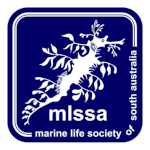
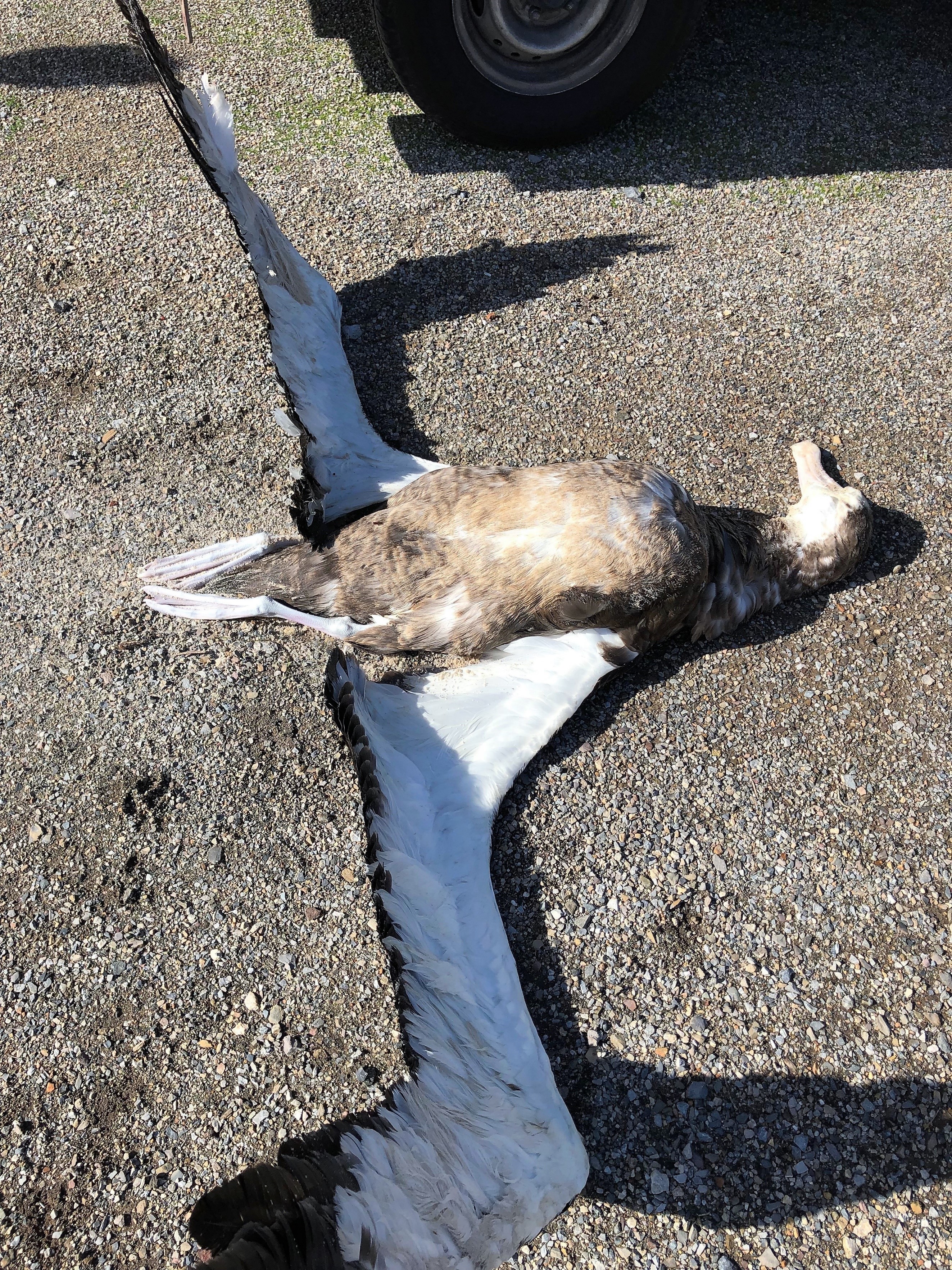
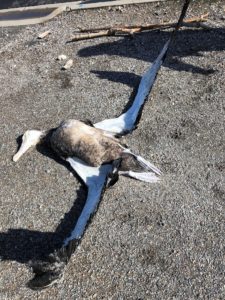

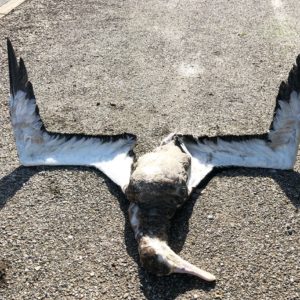
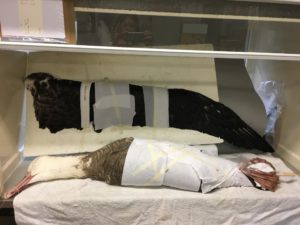
The Museum sent us a message saying, “here is what (the bird now) looks like atm, skin and spread wing, it will need quite a few weeks of drying before it’s properly done. I have written up a brief blurb for the museum’s instagram site but not sure when they will post it. Keep a look out for it!”
The photo of the bird has been added to the article itself now.
Albatross post is now up on Facebook http://www.facebook.com/southaustralianmuseum and instagram https://www.instagram.com/southaustralianmuseum/
Amazing find! So glad that the remains have gone to the SA Museum for preservation.